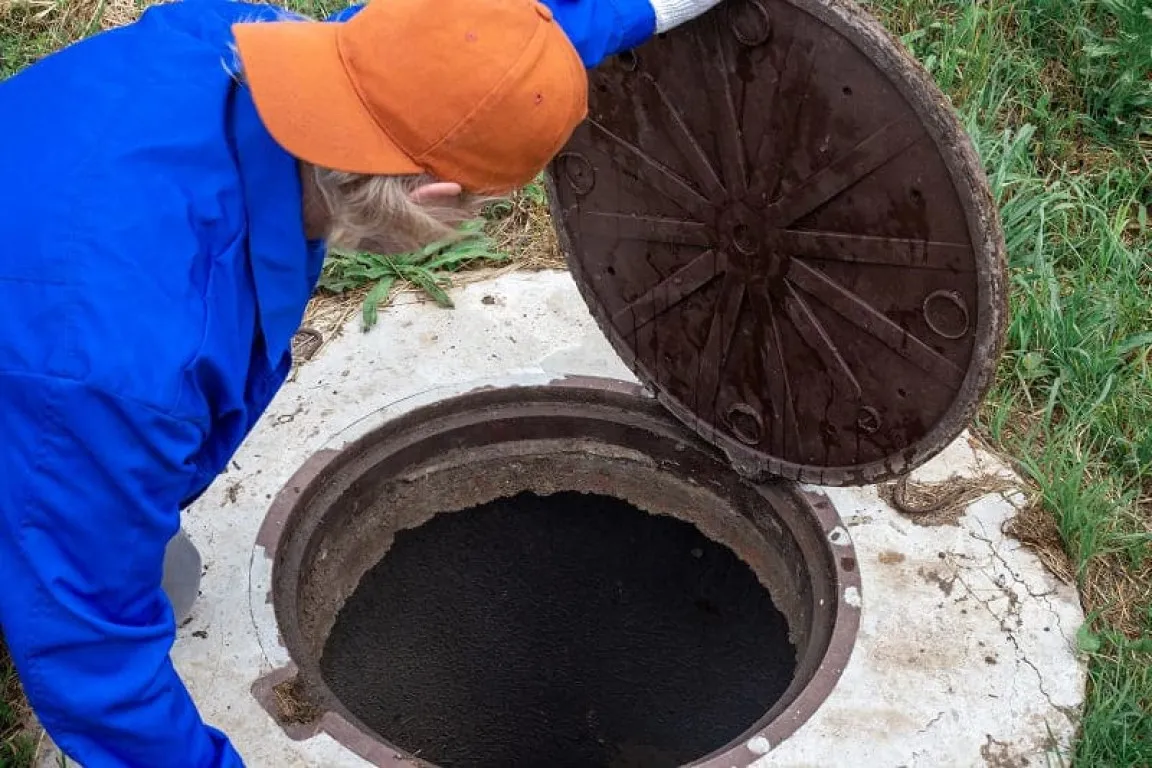In constructing a house, you are planning on the room’s interior, the number of rooms, and the exterior, as well as how you dispose of the waste without polluting the environment. This is why building a septic system is important to manage waste properly.
However, building your own septic system is not as simple as digging up the ground and dumping the waste there. Many certain rules you must pay attention to so that the septic system does not endanger your family. The following article will thoroughly discuss how to build a clean and safe septic system.
An Overview of the Septic System
A septic system is an underground pool or tank functioning as a place to dispose of waste. Usually, septic systems are built with waterproof materials to prevent the waste from seeping out and polluting the soil.
In general, there are various types of septic tanks according to their construction materials, such as concrete, fiberglass, and plastic septic tanks. Each type has its advantages.
For example, concrete tanks are considered stronger than fiberglass and plastic. Meanwhile, fiberglass tanks are widely used because they are light and strong enough. Then, plastic tanks are generally used because they are more economical, but are almost similar to fiberglass tanks.
Yet, how do septic systems work? The stages of household waste processing through septic systems start from the waste that is disposed of through the bathroom toilet and then flows into the septic tank.
Next, the waste will be collected in a holding tank to be decomposed by microorganisms. Furthermore, the decomposed waste will flow into the absorption tank. This water is no longer polluted and can flow into the gutter and soil.
How to Build the Septic System
Now that you understand things to be prepared before making your own septic tank, you will learn how to make a septic tank that is correct and environmentally friendly according to the Indonesian National Standard. Here are the steps:
1. Preparing and Digging the Soil
First, you must prepare and dig the soil. You need to clean the area where the septic tank will be built from rocks and grass. Then, start digging a hole based on the size and depth following the standards and needs. Make sure the hole can accommodate the entire septic tank, is easy to reach, and is stable.
Next, you need to build a fence or sign around the hole indicating you are excavating the area, preventing animals or humans from falling into the hole. That way, the hole-making process becomes safer. Tips: Don't damage the pipes or embedded systems when digging.
Read also: 10 Cozy and Multifunctional House Backyard Design Ideas
2. Making a Control Tank
The next step is to make a control tank. The control tank functions to drain waste smoothly. You must choose safe and sturdy materials, such as concrete, for your control tank. To build it, you need to determine the location of the tank and make a hole according to the size of the tank.
Next, you can install a pipe that connects the channel inside the house with the control tank and a pipe that connects the tank to the drain. Tips: Don't forget to install a ventilation pipe to get good air circulation and don't forget to install the control tank lid.
3. Making an Infiltration Tank
After the tank is ready, you can start making an infiltration tank that functions to process waste flowing from the house. Generally, septic tanks consist of two chambers used for sedimentation and infiltration.
The sedimentation chamber functions to separate solids and liquids, while the infiltration chamber functions to drain water that has been processed in the sedimentation chamber into the ground.
After the septic tank is ready, you can fill it with gravel and sand to make the water seep into the ground optimally. Finally, don't forget to pump out the waste in the septic tank at least once every two years to ensure cleanliness and safety.
4. Installing Drainage Pipes
In addition to the main septic system, another thing you need to pay attention to is installing drainage pipes. You need to make a drainage pipe from the control tank to the other drainage system with the right slope so that the water can flow smoothly.
Not only that, the pipes installed must also be of high quality, non-corrosive, and durable. Usually, most people choose PVC or HDPE pipes. Also, make sure the pipes are installed tightly to prevent leaks and pollution.
The next important step in installing drainage pipes is to bury them at a depth of at least 50 cm to make them not easily damaged by pressure from the ground surface. Then, don't forget to check on the drainage pipes regularly for seepage or other problems.
5. Closing the Septic System
Finally, you can close the finished septic system. This step is important because it can protect the tank from damage due to activities on the ground surface and groundwater pressure. You can close the septic tank with concrete or other waterproof materials.
Additionally, the cover must be simple to open and close so that you can clean it frequently. After closing the tank, you need to make sure there are no problems nearby that could impede the waste processing procedure.
Read also: 10 Elegant Minimalist Door Models for Modern Houses
Things to Consider Before Building Septic System
You must note that in making your own septic system, you must follow the Indonesian National Standard. The standard size and shape of a septic system are regulated in SNI 2398:2017. According to this standard, a septic tank must meet the following size criteria:
- Rectangular in shape with a length x width of 2:1 to 3:1.
- The volume of the tank is adjusted to the number of occupants of the house.
- The minimum tank width is 0.75 meters.
- The minimum tank threshold is 0.3 meters.
- The minimum tank length is 1.5 meters.
- The minimum tank height is 1.5 meters.
In addition to size, you also need to consider the location, materials, tools, and permits. Here is the detailed information:
1. Materials and Tools
In making the septic system, you must ensure that the tank construction is sturdy and durable. The materials and tools needed are as follows:
- Sewer pipe to drain waste from the house to the septic tank and drain decomposed waste to the seepage.
- Cement to make concrete mixture and attach stones to the tank walls.
- Stones for filling the seepage and coating the tank surface.
- Sand to make the concrete mixture and coat the tank surface.
- Hoe, shovel, and other construction tools.
If you don't have the resources to make the concrete mixture, you can use precast concrete. This concrete is considered faster and easier to install than making concrete from scratch.
Then, in determining the materials and tools, make sure to measure the septic tank's needs correctly and use quality materials to make it durable, not leak, and not pollute the environment.
2. Location
Because it is placed underground, you also need to consider the location of its placement. It is best to avoid building the septic system on land prone to cracking, landslides, and unstable. Moreover, avoid building a septic system near a water source or well.
3. Permits
Building your septic tank should not be done carelessly. You need to ask for permission in your living. Furthermore, you must ask for advice from an architect or civil engineer so that the septic system meets standards and doesn’t endanger the surrounding environment.
How to Maintain a Septic System
Although septic system functions as a place to process household waste, it still need to be checked and maintained regularly. Here are some tips for maintaining a septic tank:
- Clean the waste and check the condition of the septic system.
- Use eco-friendly household products to make it easily decomposed in the septic tank and do not damage the drainage system.
- Avoid throwing chemicals and other hazardous materials into the septic system to prevent damage to the drainage system.
- Repair and replace damaged materials so that they do not become a major problem in the future.
That is information regarding building the septic system and what needs to be considered. Several things you need to consider to build a septic system are the standards and materials. Regarding this, you must choose quality concrete mix materials, such as cement, to make a sturdy and durable septic system. Thus, you can use Semen Merah Putih.
Semen Merah Putih has Semen Merah Putih Watershield with Water Repellent and Triple Protection features that can prevent water seepage from three sources: outside, inside, and from the ground, making the buildings well protected.
Interested in using Semen Merah Putih? Contact us to get more information about products suitable for building a safe septic system for families!
Read also: 14 Modern and Aesthetic Minimalist House Facade Inspirations



